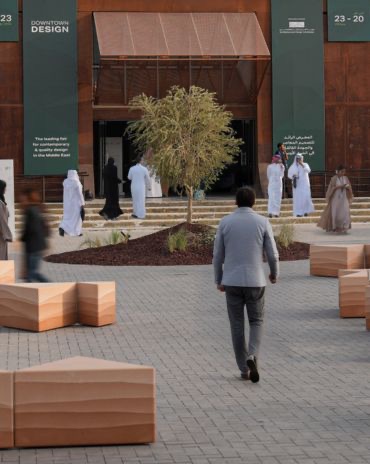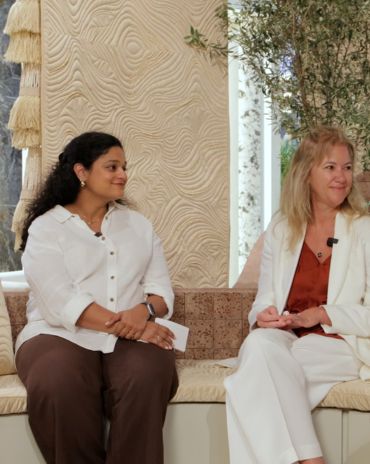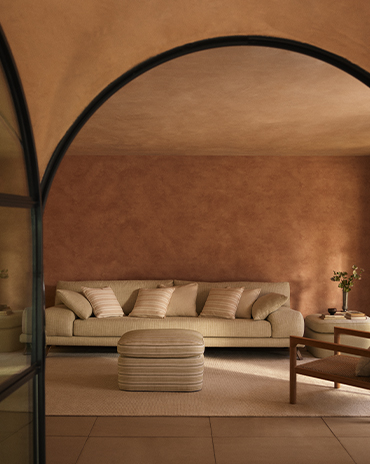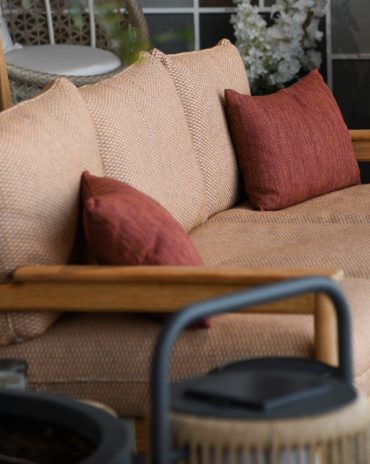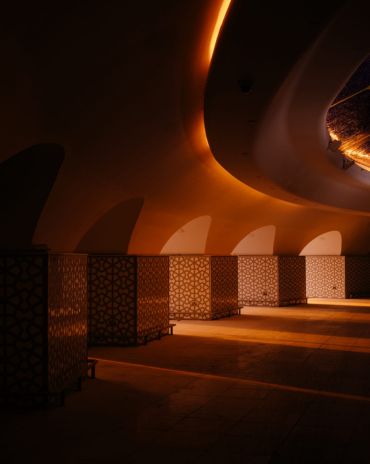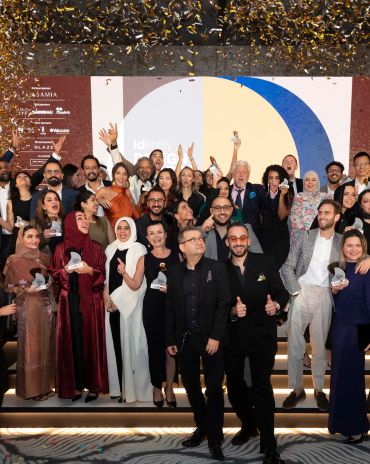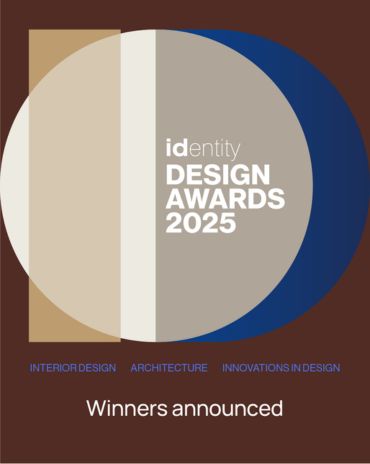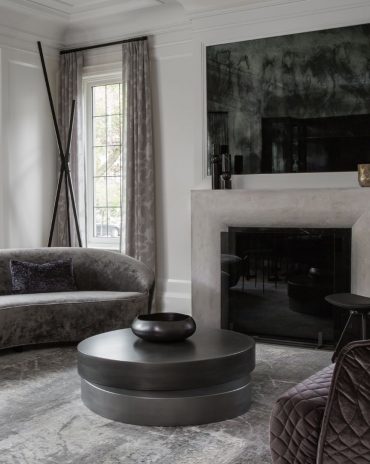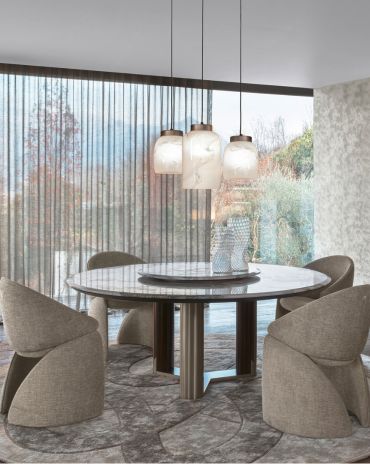Copyright © 2025 Motivate Media Group. All rights reserved.
identity’s highlights from Dubai Design Week 2020
We highlight designs from the UAE Designer Exhibition to Tashkeel's exhibition
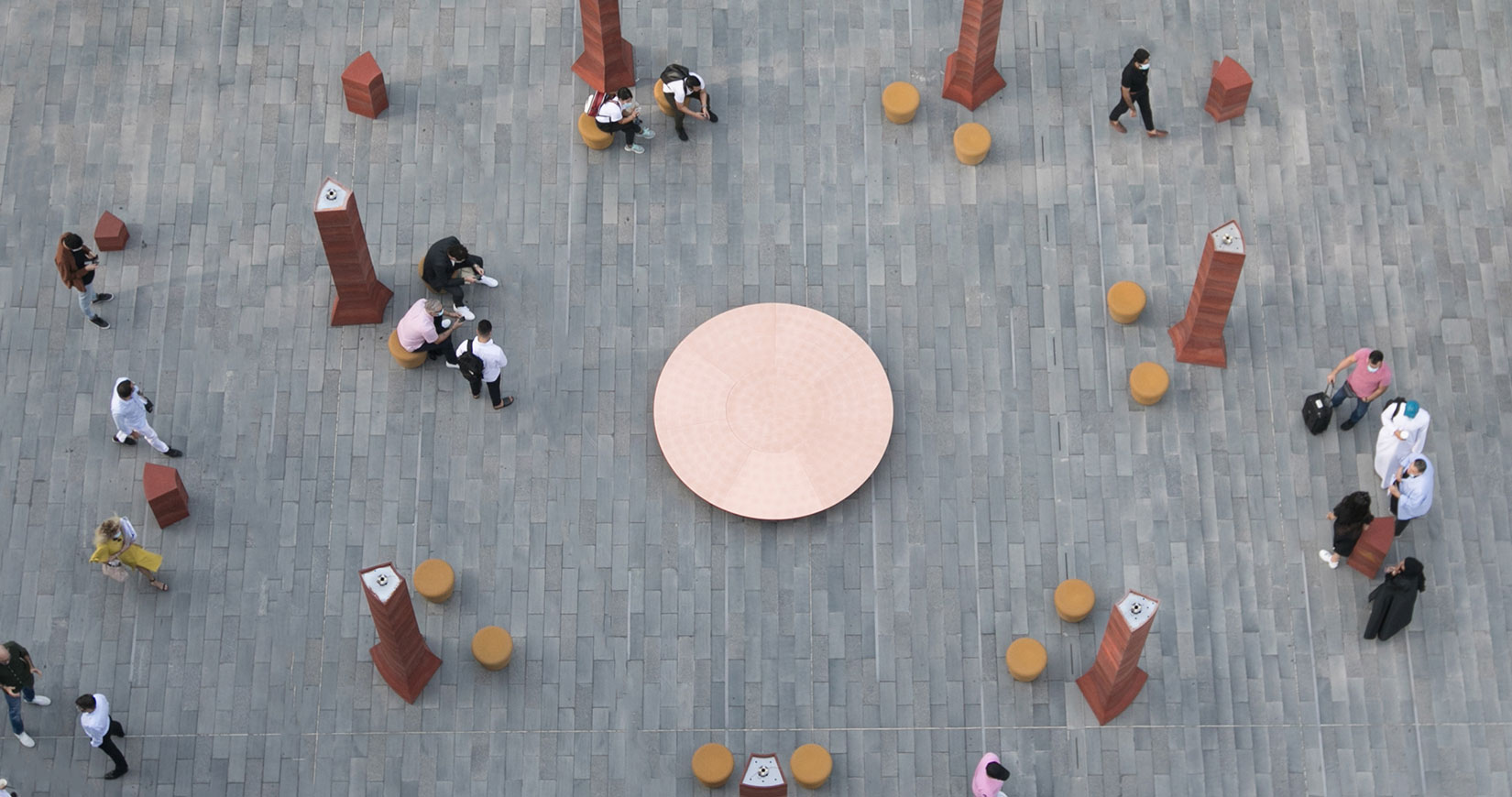
Paradis by Meshary AlNassar for Cosentino
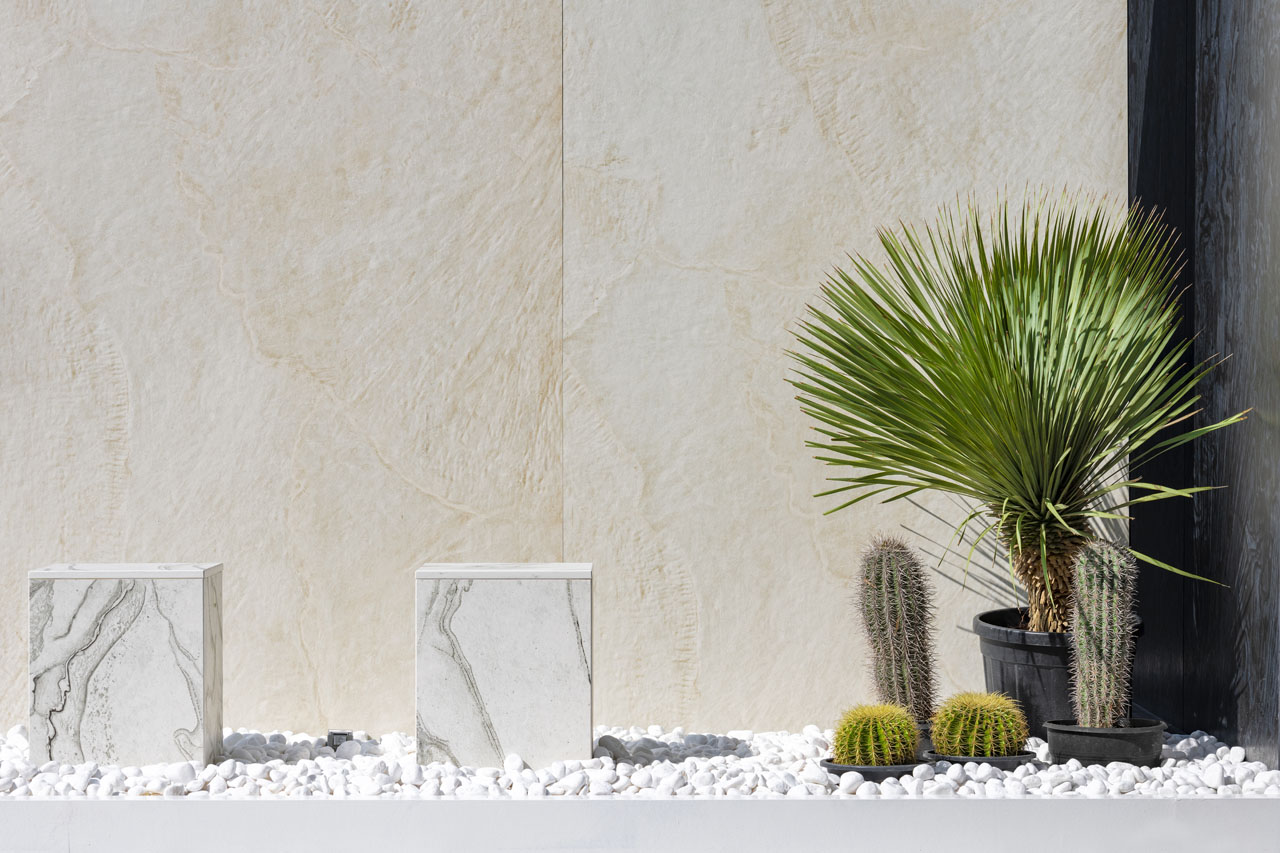
A reimagined Persian paradise garden (or ‘Char-Bagh’) created by Kuwaiti interior architect and designer Meshary AlNassar for innovative surfaces brand Cosentino was arguably one of the most visited outdoor installations during Dubai Design Week.
Built entirely out of the ultracompact engineered surface Dekton, ‘Paradis’ is a contemporary interpretation of the ancient gardens such as those found in the Taj Mahal and other such landmarks, which consist of a central water feature that runs through the middle of the layout, a mirroring landscape on each side and a temple set at the centre as a focal point.

‘Paradis’ abstracted the layout of a traditional paradise garden by setting the ‘temple’ at the centre of the installation, allowing for a scale of up to 3.2 metres high. For the water feature, AlNassar incorporated Cosentino’s ‘Liquid’ by PATTERNITY collection that showcases water ripples, translated as patterns on a slab. This emphasises the existence of water within the ‘temple’ of ‘Paradis’.The seating is set horizontally with social distancing in mind.

“At the beginning I wanted visitors to enjoy a cup of coffee, a phone call or a good conversation in our seating, but during Dubai Design Week I noticed people walking into our water feature and getting up close and personal with the slabs, and admiring the height of the walls with their patterns. I think scale is one of the keys of the central space. The scale of the four floating walls gives visitors a sense of grandeur and visual generosity, and that is something I enjoy doing in most of my work,” AlNassar comments.
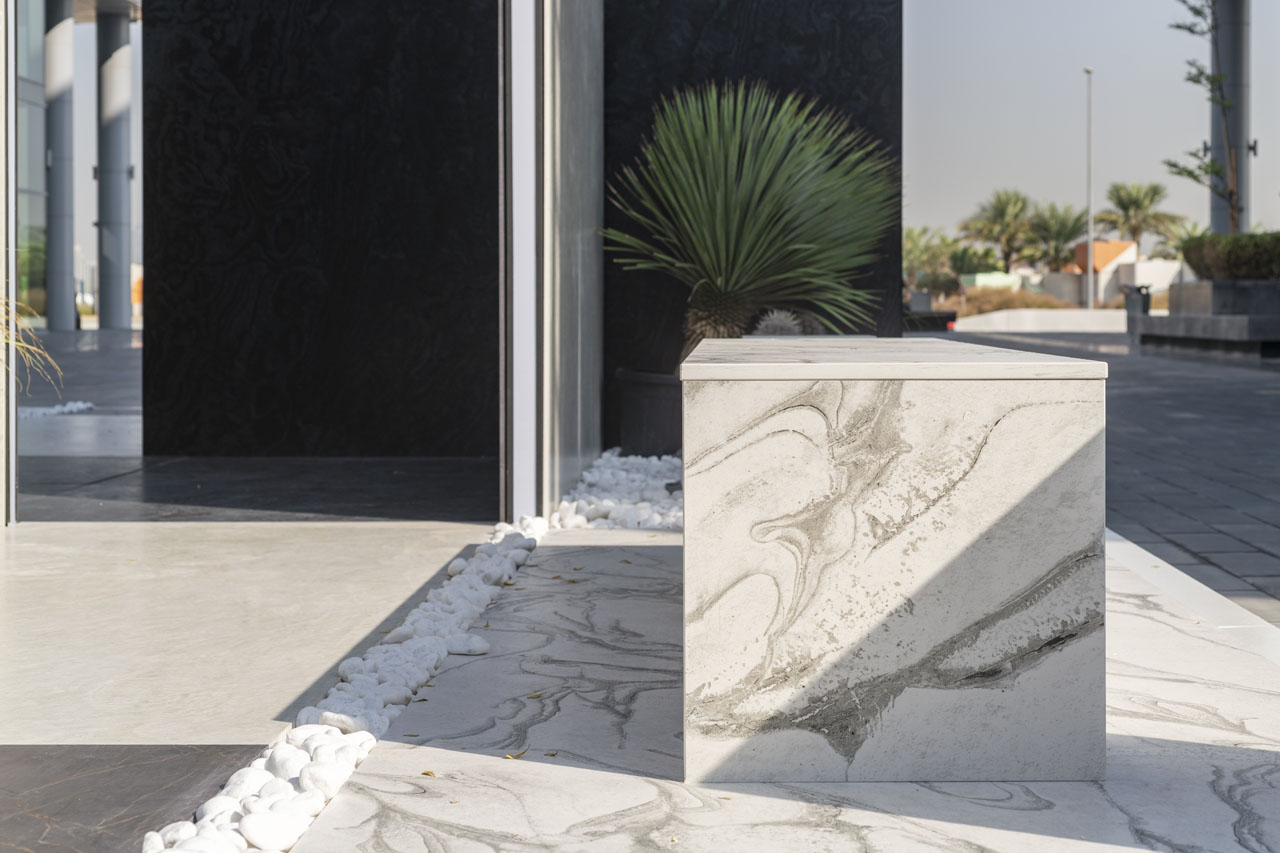
“‘Paradis’ was an escape from our current surroundings. The space itself triggers visitors, who have experienced an entire year of lockdowns and fear in the face of the coronavirus, with a number of questions. Are we ready to go back to our roots? Are we ready to take a walk outside and sit under the sun and exhale? I believe so. I believe we deserve that moment for ourselves.”
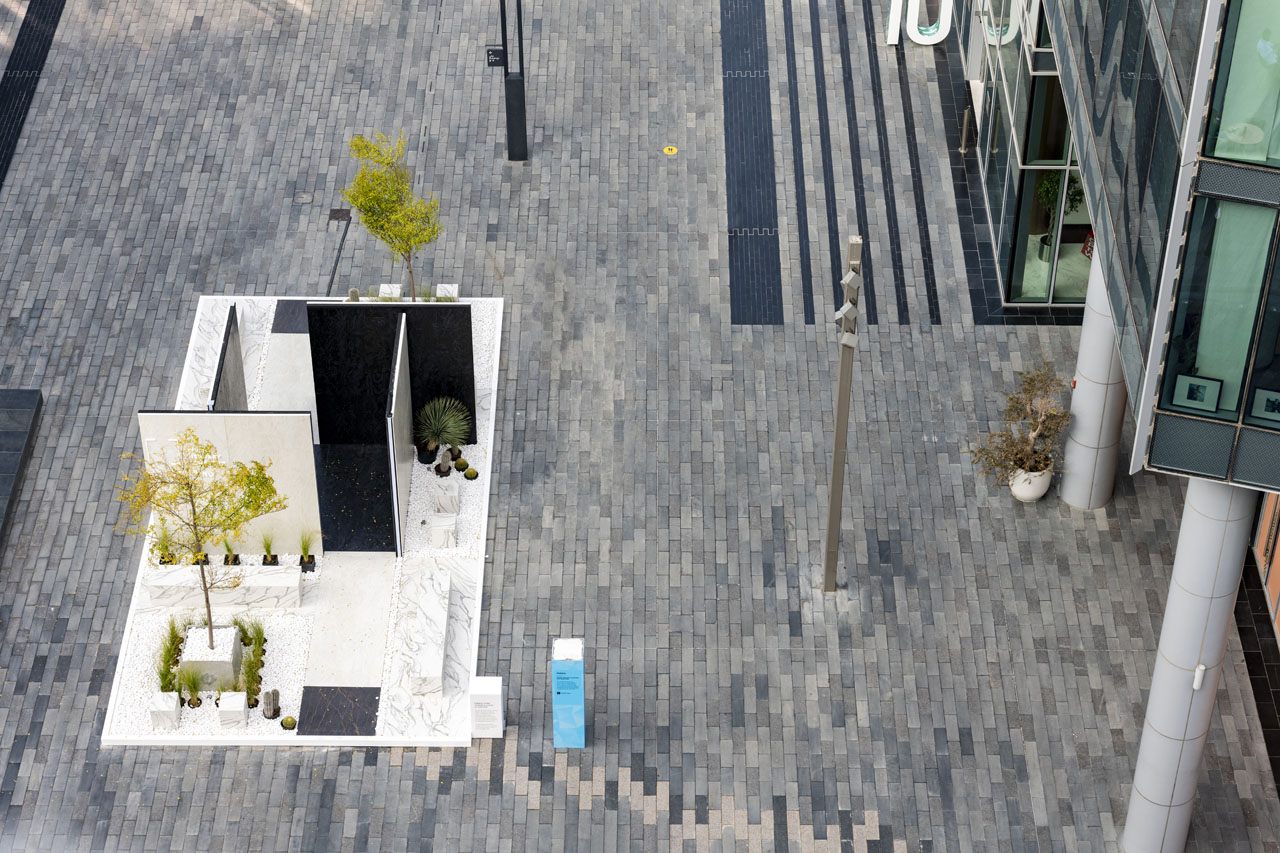
As part of Cosentino’s commitment to sustainability, the installation will remain in d3 for a period of six months until April 2021, beyond which the materials and flora will have a second life as it finds its way to be reused and recycled.
The Latest
An interview with Huda Lighting at Downtown Design
During Downtown Design, we interviewed the team at Huda Lighting in addition to designers Tom Dixon and Lee Broom.
Downtown Design Returns to Riyadh in 2026
The fair will run its second edition at JAX District
Design Dialogues with KOHLER
We discussed the concept of 'Sustainable Futures' with Inge Moore of Muza Lab and Rakan Jandali at KCA International.
Design Dialogues with Ideal Standard x Villeroy & Boch
During Dubai Design Week 2025, identity held a panel at the Ideal Standard x Villeroy & Boch showroom in City Walk, on shaping experiences for hospitality.
A Touch of Luxury
Here’s how you can bring both sophistication and style to every room
Outdoor Living, Redefined
Messara Living and Vincent Sheppard Unveil “Outdoor at Its Best 2026”
NOMAD Opens Its Doors in Abu Dhabi’s Iconic Terminal 1
A modernist landmark is reimagined as a global stage for collectible design, contemporary art, and cultural dialogue.
In photos: Winners at the identity Design Awards 2025
Presenting the winners of 2025 identity Design Awards.
Identity Design Awards 2025 – Winner’s List
Here are the winners of the identity design awards 2025
Hogg’s Hollow
Set along the bend of a quiet river and sheltered within a mature, tree-lined enclave of Toronto, this riverside residence offers a dialogue between structure and softness, restraint and warmth
Salone del Mobile.Milano Paints Riyadh Red
The “Red in Progress” installation marks a powerful first step toward the city’s full-scale 2026 edition
An interview with Fabio Masolo on the Giorgio Collection
A conversation on passion, timeless design, and bringing Italian craftsmanship to the world






